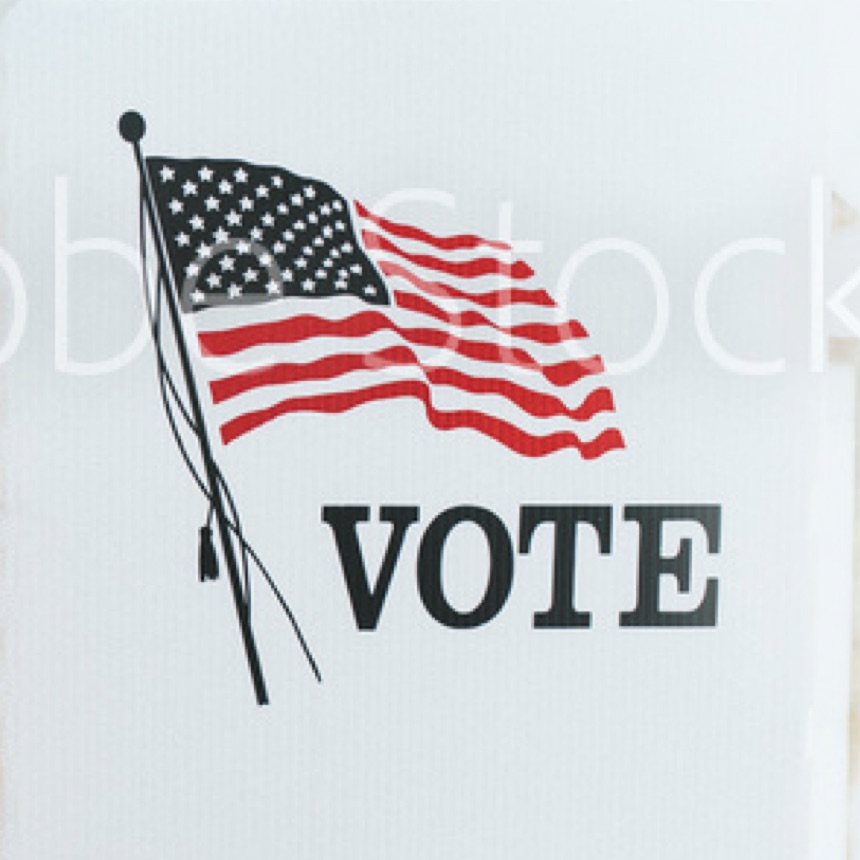Resources
The Principles of Proportionality are the Principles of Representation
A party or cohesive group of voters should win seats in a representative body in fair proportion to the votes they win; that does not happen in winner-take-all elections.
“In a democratic government, the right of decision belongs to the majority, but the right of representation belongs to all.”
How else would you even know who the “majority” really is, or what it really wants?


Elections in the US are mostly still stuck in its winner-take-all tradition, even though its people are not.
Most of the world’s nations have long used some form of proportional representation for their own democratic elections.
-
Example page Links to resource page example
-
TBW: (mostly a graphic demonstration of winner-take-all, along the lines of home page)
-
TBW: (inherited winner-take-all more than it did FPTP; variations, but still problem)
-
Doug Amy, book: Real Choices, New Voices: How Proportional Representation Could Revitalize American Democracy.
-
FairVote’s Proportional Representation Library A comprehensive collection, from basic explainers to academic papers; created by Doug Amy, Professor Emeritus, Mount Holyoke College
-
PDF File Example
The arc of racial justice in the United States must bend towards the right to vote, and towards representation.
They haven’t always kept pace. It’s impossible to view the “current political climate” apart from race.

Multi-party democracy is what happens whenever PR is used elsewhere; it’s what would also happen with PR in the United States.
People of color gain when there are more political parties to choose from… and be part of.

Lani Guinier: A voice America needed to hear, but was denied the chance.
A voice we must hear now.
Remedies under the Voting RIghts Act(s) -- a better way to represent the interests of People of Color.
Successfully used under the federal VRA since 1988; state VRAs can make it easier.
Remedies under the Voting RIghts Act(s) -- a better way to represent the interests of People of Color.
Successfully used under the federal VRA since 1988; state VRAs can make it easier.
When PR was given a chance in the US, it effectively represented the interests of political and racial minorities.
That’s why hostile majorities usually took away that opportunity
Single Transferable Vote (STV), a multi-winner form of ranked choice voting, is a preferred form of proportional representation in the US.
Learn more, including how it works.

There are different ways to honor the principle of proportionality, at all levels of government.
here are also important ways to recognize and avoid systems that dishonor it. Visit our Racial Equity Voting Systems Primer
